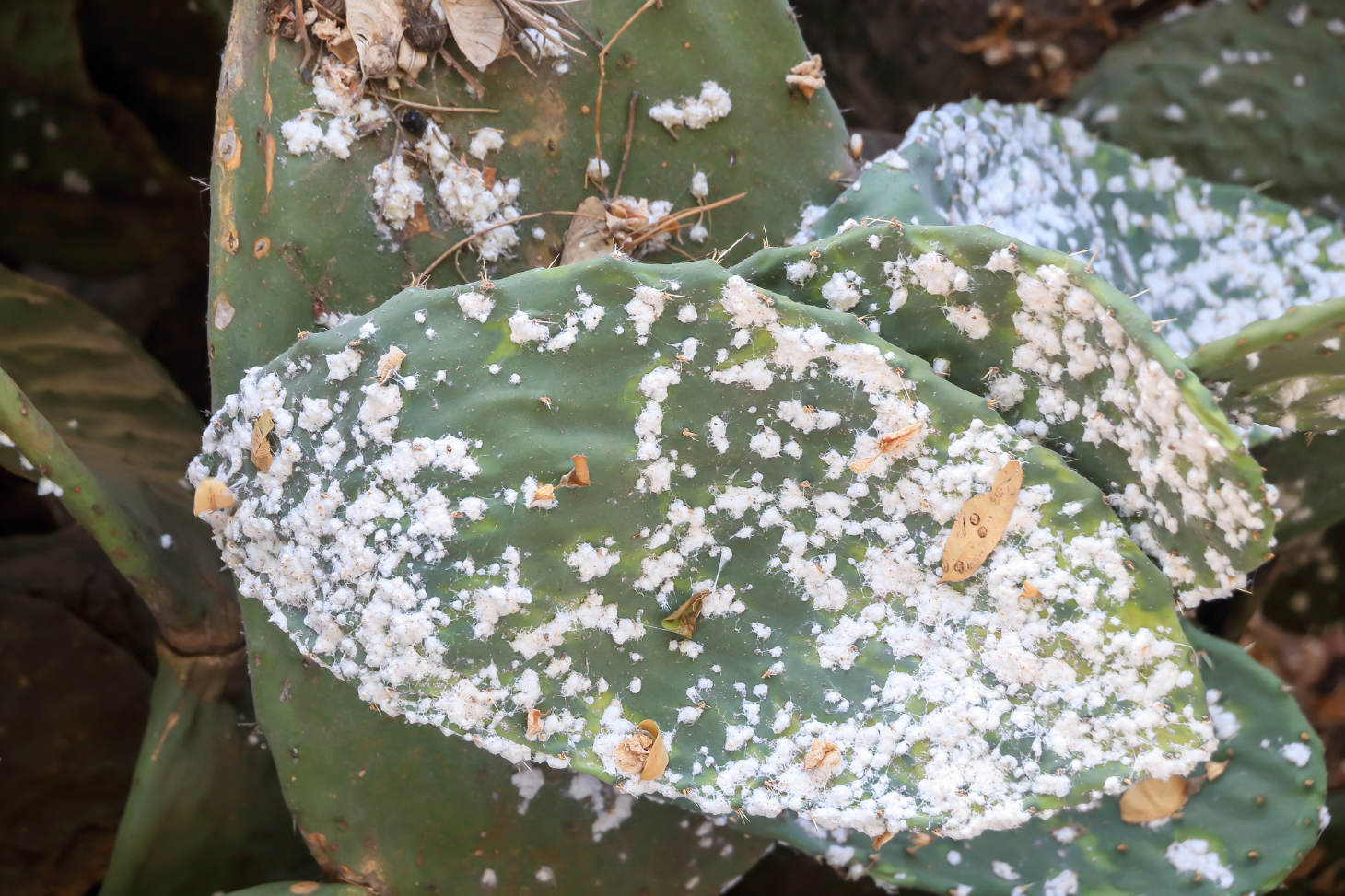Cactus Disease: Common Symptoms and Effective Treatments
Cactus diseases can be quite puzzling for many plant enthusiasts. You might think your cactus is low-maintenance and almost indestructible, but various diseases can still pose challenges. Knowing how to identify and treat these diseases is key to maintaining the health of your cactus.
Common issues include fungal infections like Fusarium rot and charcoal rot, which are caused by different fungi. Visible signs include changes in color, unexpected softness, or spots on the surface. Paying attention to these signs and understanding how they affect your plant can save your cactus from further harm.
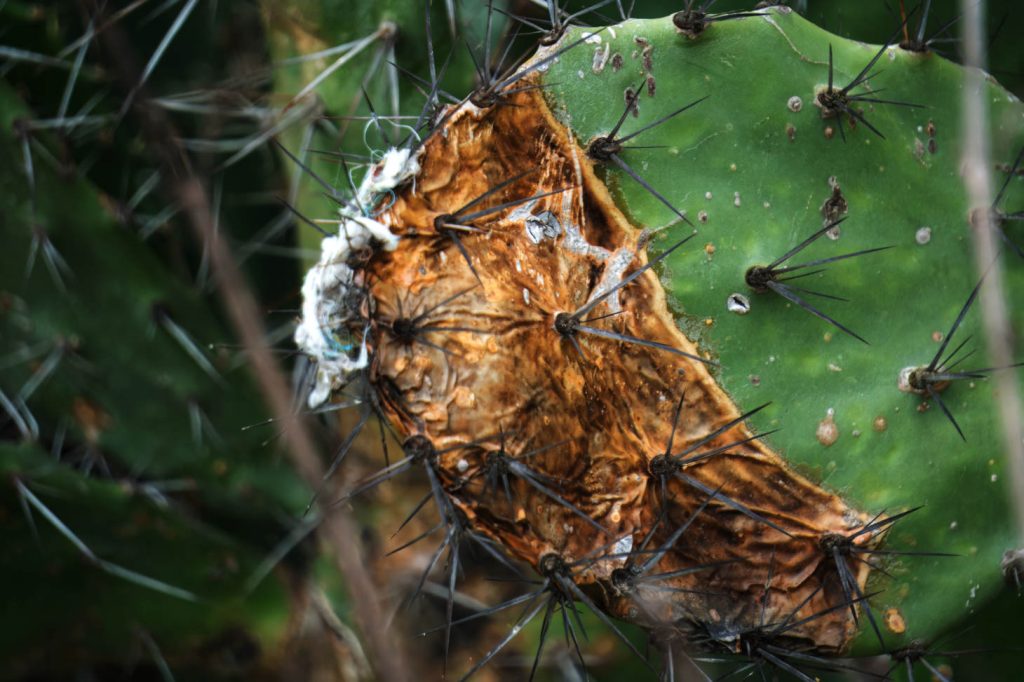
The good news is that even if your cactus is showing symptoms of disease, there are practical steps you can take. Whether it’s adjusting watering practices, improving soil drainage, or finding the right fungicides, solutions are available to tackle most problems head-on.
Key Takeaways
- Recognize early signs of cactus disease by noting any unusual changes.
- Effective treatment often involves adjusting care practices.
- Preventive measures help keep your cactus healthy long-term.
Identifying Common Cactus Diseases
Cactus plants can face several issues due to fungal, bacterial infections, and pests. Identifying these problems early can help you treat them effectively and keep your cactus healthy. Here’s what to look out for.
Fungal Infections and Diseases
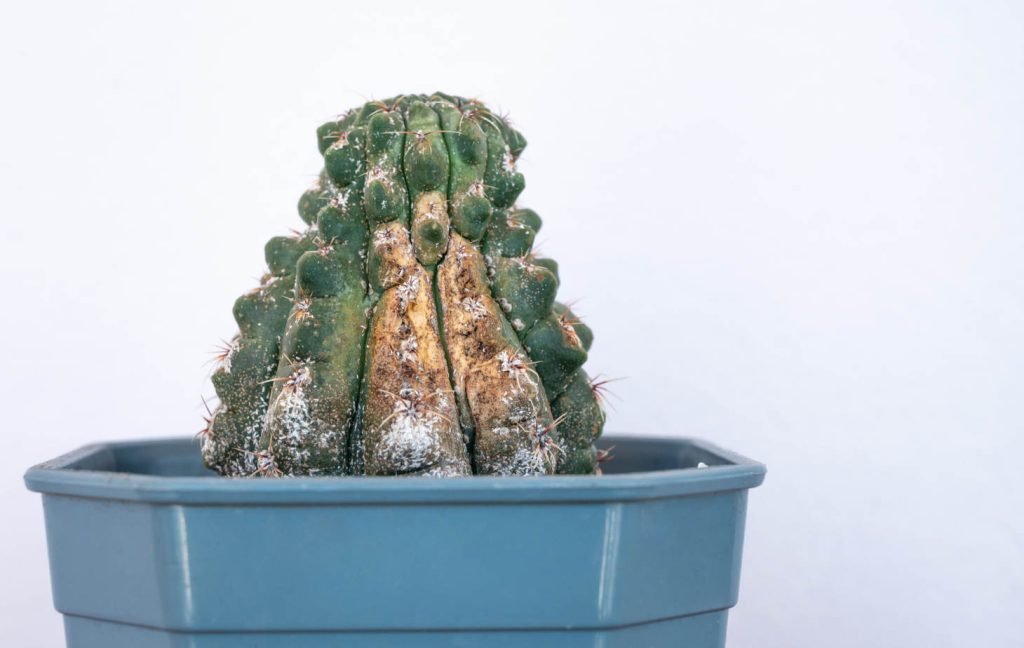
Cactus plants are prone to fungal infections which can manifest as spots and discolorations.
Gray Mold caused by Botrytis appears as grayish spots. When the environment is humid, it spreads fast, damaging your cactus.
Phytophthora is another threat that causes rot. It’s often linked to overwatering, which leads to soggy conditions that favor fungi.
Watch for black spots or reddish-brown marks; they might suggest an infection like Fusarium or Diplodia. To prevent fungi, avoid excess moisture and provide adequate airflow. When treating, removing affected areas and applying fungicide can help control the spread.
Bacterial Diseases
Although less common than fungi, bacterial infections can be severe.
One common bacteria is Erwinia, which causes soft rot. This makes parts of the cactus mushy and foul-smelling.
Checking your cactus regularly and maintaining cleanliness can help you prevent bacterial issues. Avoid wounds during handling, as they provide entry points for bacteria. If you notice any signs of bacterial infection, isolation of the plant and cutting away infected portions can restrict further damage.
Pest Infestation and Its Effects
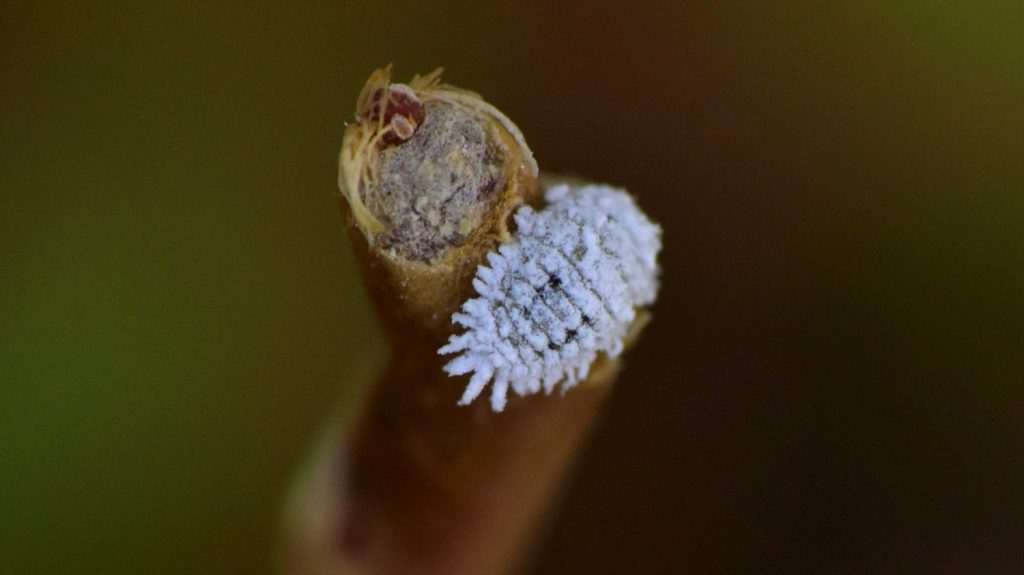
Cacti are not immune to pest attacks which may weaken the plant by feeding on it or spreading disease.
Common pests include scale insects, mealybugs, and spider mites. These pests often appear as small, cottony clumps or tiny crawling insects on the surface.
Root mealybugs and fungus gnats affect the roots, especially if the soil is too wet. Regularly inspect your cactus and treat infestations with insecticidal soap or neem oil to eliminate pests. Simple practices like ensuring proper drainage and not overwatering can also prevent infestations from escalating.
Treatment and Management
For managing cactus diseases, fungicides are used to target fungal infections, while removing infected parts prevents spread. Improving plant care involves ensuring good airflow and adequate sunlight exposure to keep your cactus healthy.
Targeted Fungicides
When a cactus is affected by a fungus, using the right kind of fungicide is important. Some fungicides are designed to combat specific fungi and are labeled accordingly.
Choose a fungicide that specifies its effectiveness against the particular type of fungus affecting your cactus. It’s essential to follow the instructions closely when applying these chemical treatments. They can stop the growth of the fungus if applied early.
Applying the fungicide evenly over the cactus surface ensures that no spots are missed.
Removing Infected Parts
When parts of your cactus are visibly infected, it’s critical to remove them. Use a clean, sharp knife or scissors for this task.
Cut away any areas that show signs of rot or discoloration. This action not only prevents further spread but helps in the recovery of your plant by promoting healthy regrowth.
Make sure to discard the infected parts far from other plants to avoid spreading the infection.
Improving Plant Care
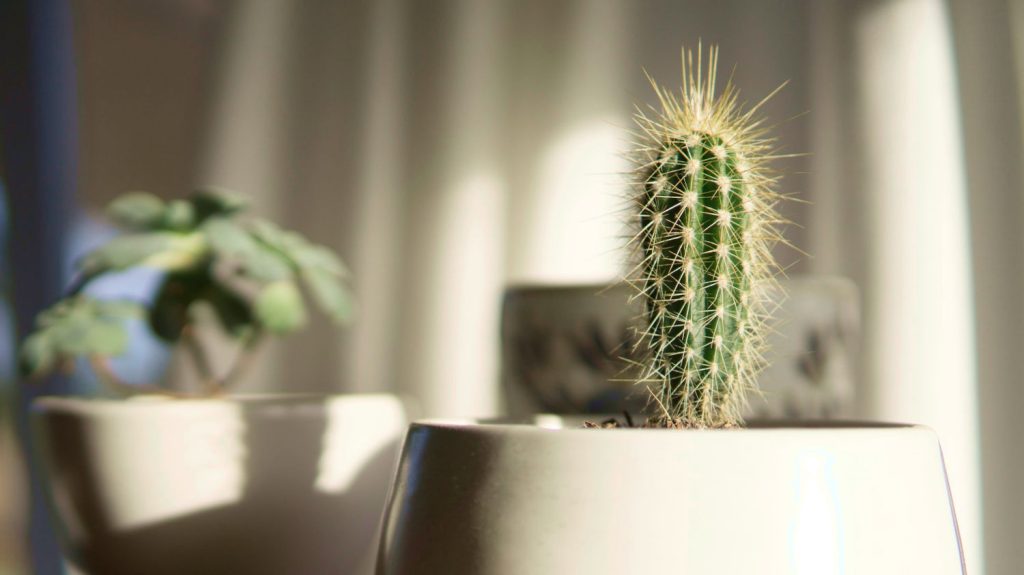
Good plant care is crucial for preventing future issues. Ensure proper ventilation by placing the cactus in an area with good airflow.
Adequate sunlight is key, as cacti need light to thrive. Choose a sunny spot where your cactus gets sunlight for several hours each day. Watering effectively also matters; ensure the soil dries completely between waterings.
These steps help maintain strong and healthy growth over time. Adjusting plant care practices can greatly reduce the likelihood of diseases taking hold.
Prevention Strategies
When caring for cacti, maintaining the right environment and regularly checking them can help avoid diseases. Focus on controlling humidity, providing proper lighting, and ensuring good ventilation to keep your cacti healthy.
Optimal Environmental Conditions
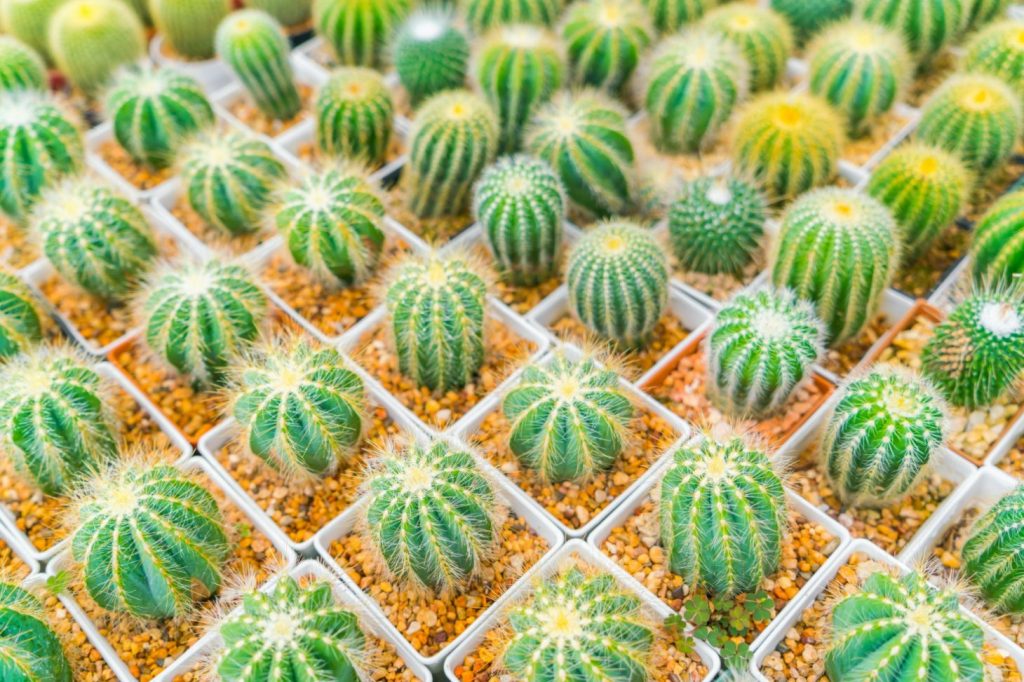
Cacti thrive best with adequate lighting; ensure they receive plenty of sunlight. Place them in a spot where they get at least six hours of light each day. Be mindful of the humidity levels, as cacti prefer drier air. Avoid situations with high humidity, which can encourage mold and rot.
Good ventilation is key. Proper airflow helps prevent the buildup of moisture on the plant. You can achieve this by spacing your cacti properly and ensuring they aren’t crowded. Additionally, consider moving them outdoors in warm weather to benefit from natural breezes.
Routine Monitoring and Maintenance
Regularly inspect your cacti for any signs of pests or disease. Look for telltale marks like spots, wilting, or discoloration. Routine checks can help catch issues early before they spread.
Consider using organic methods like diatomaceous earth to keep pests under control. It’s a safe option that doesn’t harm the plant. If pests are already present, washing the cacti with a strong stream of water can help remove them without chemicals. For ongoing care, ensure your cactus environment remains stable and conditions are optimal.
Frequently Asked Questions

Cacti can suffer from a range of diseases, symptoms, and pests. Knowing how to recognize and address these issues can help you keep your cactus healthy.
What are common symptoms of diseases in cacti?
Common symptoms of cactus diseases include discolored spots, a white powdery appearance, soft or mushy areas, and sudden stunted growth. Look out for wilting or yellowing that can hint at overwatering or infections.
How can you treat a sick cactus?
To treat a sick cactus, first remove any visibly dead or infected parts. Ensure that you adjust watering habits to avoid overwatering. If fungal infections are present, use a fungicide appropriate for cacti.
What are some common diseases affecting prickly pear cacti?
Prickly pear cacti are often affected by diseases such as cochineal scale, a type of insect that coats the cactus in white, and phyllosticta pad spot, which creates dark spots on the pads. Regular inspection can help you catch these early.
How do you identify and manage fungus on cacti?
Cacti with fungus might show signs such as powdery mildew, which looks like a white dust. If you detect fungus, use a fungicide and carefully remove affected parts. Improve air circulation around your cactus to prevent future issues.
Why is my cactus dying and how can I save it?
A cactus may die from overwatering, poor light, or pests. To save it, reduce water, ensure adequate sunlight, and inspect for signs of pests like mealybugs. Repotting with fresh, well-draining soil can also help your cactus recover.
What diseases cause white spots on cacti?
White spots on cacti can be caused by powdery mildew or insect infestations like mealybugs. Identify the cause by examining the texture and spread of the spots. Treat pests with insecticidal soap and mildew with a suitable fungicide.

